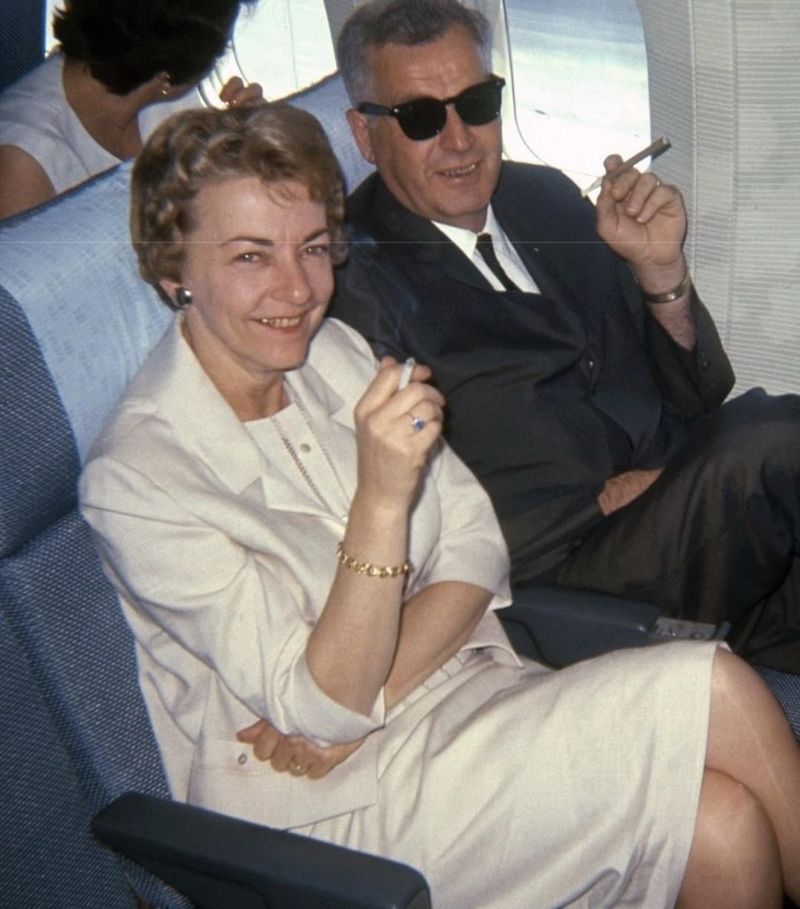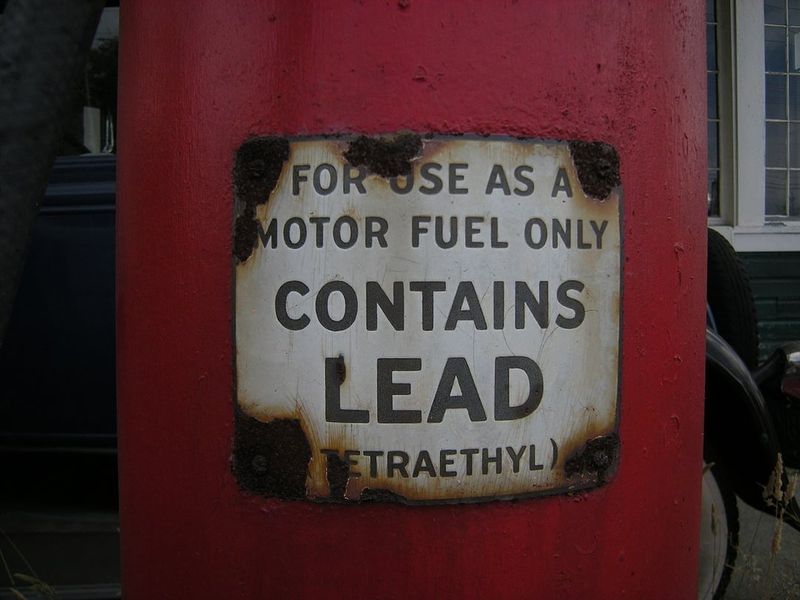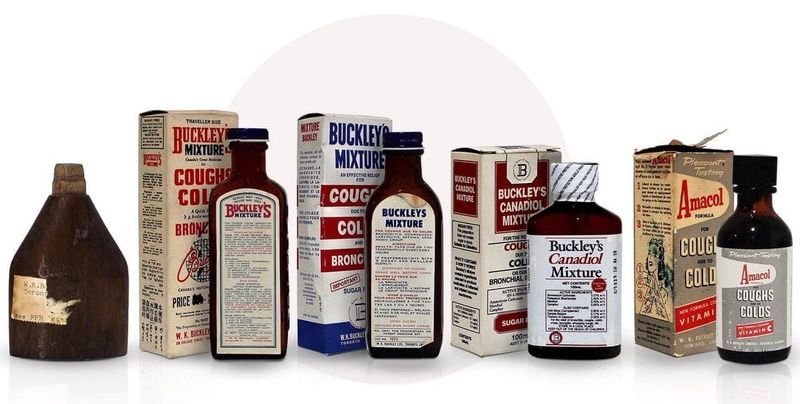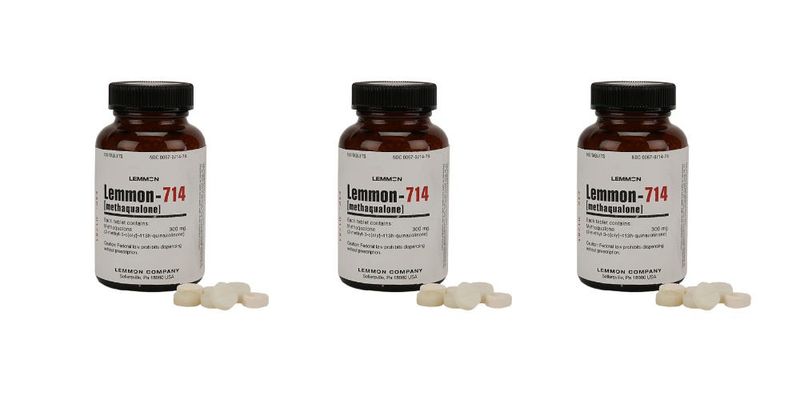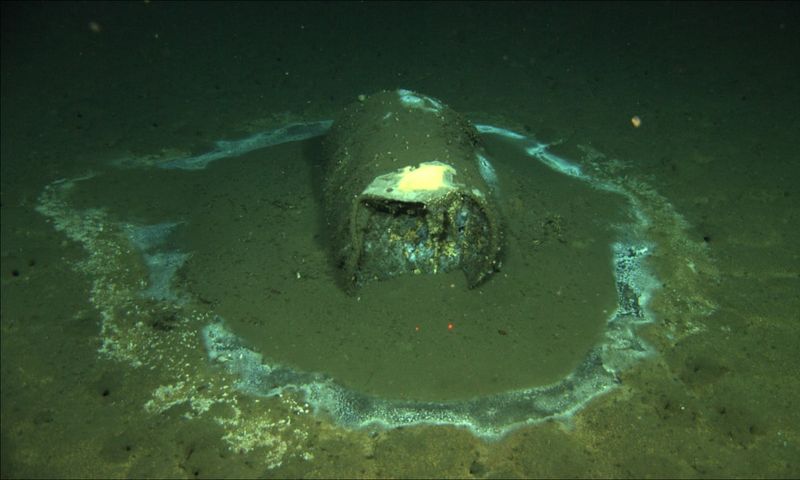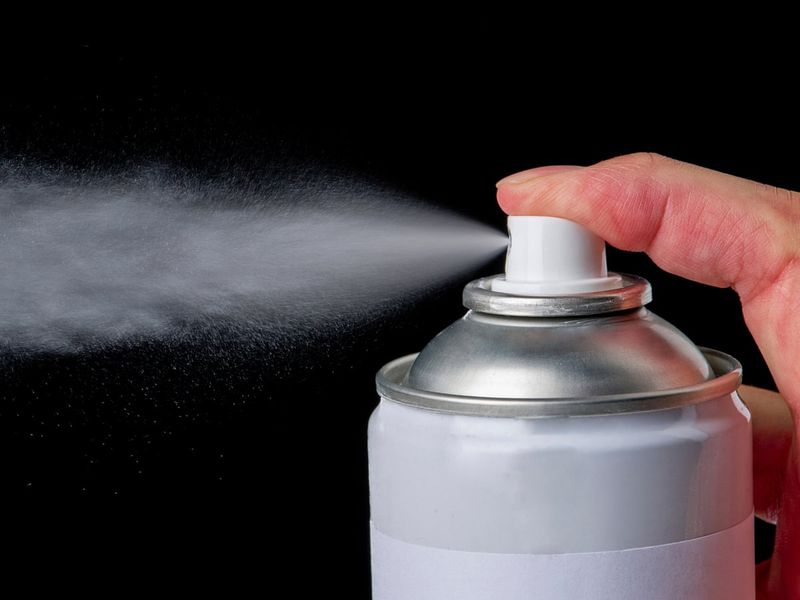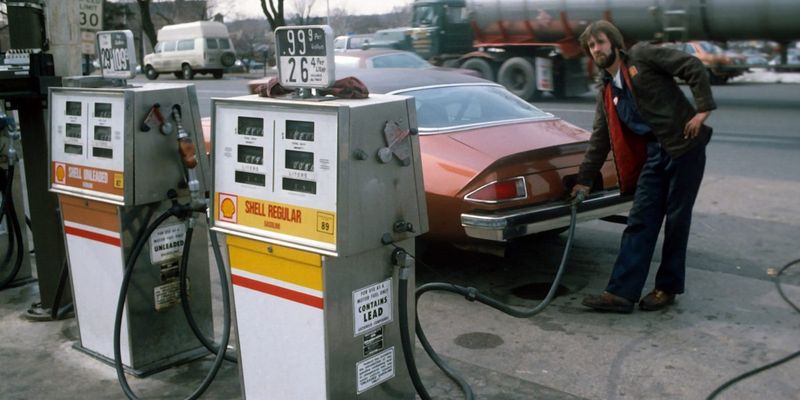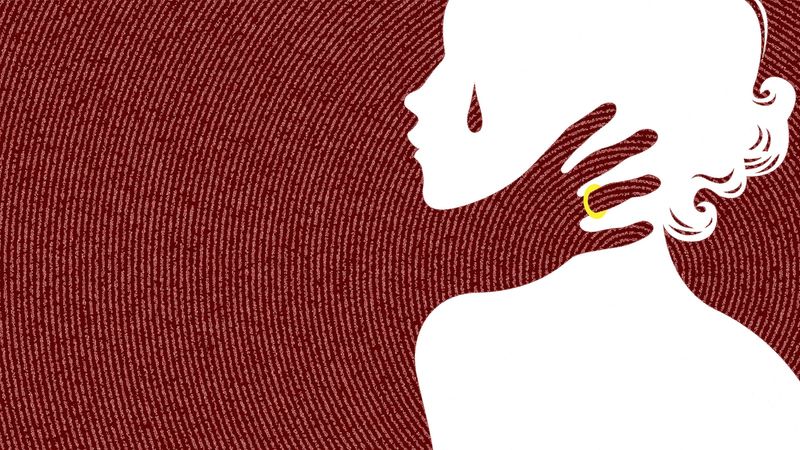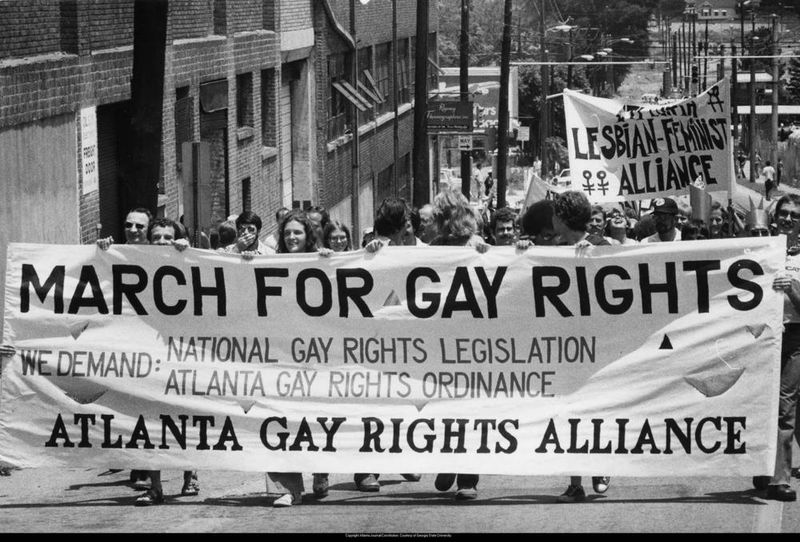In the 1980s, a different world of laws and regulations existed. Many actions acceptable then have since become illegal, reflecting changing societal values and increased awareness of health, safety, and justice. Here we explore 19 examples of practices once legal in the ’80s, now considered criminal.
1. Smoking on Airplanes
Imagine flying through the clouds, engulfed in a haze of cigarette smoke. Until the late ’80s, lighting up a cigarette was as common as asking for peanuts on a flight. Passengers inhaled secondhand smoke, whether they were in the smoking section or not. The cabin filled with smoke, causing discomfort and health issues for all on board. It wasn’t until health awareness increased that the skies finally cleared. This change marked a significant shift towards prioritizing passenger health and comfort.
2. No Seatbelts for Kids
In the days of yore, children romping freely in the back of a car was a common sight. Seatbelts, often considered an option rather than necessity, left young passengers vulnerable. Many states had no laws mandating child car seats, treating them more like accessories. The carefree rides, filled with laughter, masked the looming danger. Finally, awareness campaigns and tragic accidents led to stricter laws, transforming these death traps into zones of safety.
3. Lead Paint & Gasoline
With innocent smiles and curious hands, children played in environments laced with invisible dangers. Lead paint peeled from walls, and cars spewed leaded gasoline fumes. Banned in the late ‘70s, these toxins lingered in the ’80s, affecting brain development. Their sweet taste tempted children, unknowingly consuming poison. Society gradually recognized the dire consequences, leading to stricter regulations. Today, lead’s legacy reminds us of the price of ignorance.
4. Asbestos in Homes & Schools
Once hailed as a “miracle mineral,” asbestos found its way into homes and schools, hailed for its fireproof nature. Children learned their ABCs surrounded by this silent threat. As the years passed, its deadly secret emerged—causing cancer and respiratory illnesses. The realization of its dangers led to massive removal efforts and stricter building regulations. This shift represents a broader societal commitment to protecting public health.
5. Drinking & Driving (Loosely Enforced)
A night out could easily end with a risky drive home. During the ’80s, the legal blood alcohol limit was higher, and sobriety checkpoints were scarce. The era’s lenient attitude towards drinking and driving fostered a culture of risk and tragedy. It took advocacy and legal reforms to change this narrative, placing a renewed emphasis on road safety and saving countless lives.
6. Over-the-Codeine Cough Syrup
A simple cough once warranted a trip to the pharmacy, where shelves lined with codeine-laced syrups awaited. No ID was required to purchase these potent remedies. Parents unknowingly dosed their children with narcotics, unaware of the long-term effects. Increased understanding of addiction and drug abuse led to stricter regulations, transforming pharmacies into more vigilant dispensaries.
7. Quaaludes (Methaqualone)
Known as ‘disco biscuits,’ Quaaludes were the party drug of choice in the ’80s. Prescribed as sleep aids, their euphoric effects made them notorious for abuse. Partygoers sought the mellow high, unaware of the addictive nature. Eventually, their dangerous reputation led to a ban, reflecting society’s growing understanding of drug abuse and its consequences.
8. Ephedra in Supplements
Marketed as a natural energy booster, ephedra found fame in the ’80s fitness industry. Enthusiasts consumed these supplements, chasing enhanced performance. However, the stimulant’s dark side led to heart attacks and strokes, tarnishing its reputation. Following numerous health scares, it was banned, prompting stricter oversight of dietary supplements.
9. Dumping Toxic Waste in Rivers
Rivers, the lifeblood of communities, once bore the brunt of industrial negligence. With lax regulations, companies freely dumped toxic waste, poisoning water supplies and ecosystems. This era of environmental disregard spurred activist movements, pushing for stronger environmental protection laws. The change reflects a growing respect for nature’s delicate balance.
10. CFC Aerosols Destroying the Ozone
The ’80s saw a plethora of aerosol cans filling bathroom shelves, unknowingly depleting the ozone layer. Chlorofluorocarbons (CFCs), used in these products, created a gap in Earth’s protective shield. As scientific evidence mounted, the world responded with the Montreal Protocol, aiming to mend the atmospheric damage. This global effort marked a significant environmental turning point.
11. Unleaded Gas for Kids
A seemingly mundane trip to the gas station had unintended consequences for children’s health. Leaded gasoline fumes, pervasive in the ’80s, contributed to developmental disorders. The gradual phase-out of leaded gas marked a critical advancement in public health policy, recognizing the need to protect the most vulnerable.
12. Insider Trading (Before the ‘87 Crash)
Wall Street, a veritable Wild West, allowed insider trading to flourish unchecked. The thrill of the stock market drew many, chasing fortunes with confidential information. It wasn’t until high-profile crackdowns, like Martha Stewart’s case, that stricter regulations were enforced, aiming to level the playing field and restore investor trust.
13. No Background Checks for Gun Shows
Gun shows of the ’80s offered a smorgasbord of firearms, with purchases requiring minimal scrutiny. Background checks were a rarity, allowing guns to change hands with ease. The Brady Bill of 1993 altered this landscape, introducing mandatory checks and striving for safer communities.
14. Banks Laundering Cartel Money
Banks, the pillars of financial security, harbored secrets of their own. In the ’80s, money laundering by drug cartels often went unnoticed. Institutions like HSBC faced little consequence until later crackdowns highlighted the need for transparency and accountability.
15. Marital Rape Legal in Many States
Behind closed doors, a grim reality persisted. Marital rape remained legal in many states, regarded as a private matter. Activism and legal reforms eventually recognized it as a crime, affirming that consent is vital in all relationships. This change underscored a broader push for gender equality and justice.
16. Gay Sex Illegal in Some States
The fight for love and acceptance faced legal barriers, as gay sex remained illegal in some states. The 1986 Bowers v. Hardwick case upheld sodomy laws, casting a long shadow. Activists continued to challenge these restrictions until a landmark 2003 ruling finally struck them down, ushering in an era of greater equality.
17. No Workplace Sexual Harassment Laws
The corporate world of the ’80s lacked formal definitions of sexual harassment, leaving victims without recourse. The burgeoning women’s rights movement and high-profile cases helped shape new laws, providing a framework for safer workplaces and encouraging more inclusive environments.
18. Apartheid Investments
U.S. companies once invested freely in South Africa, despite its apartheid regime. This financial support maintained a system of racial oppression. Activists and international pressure eventually led to sanctions and divestment, aligning global practices with ethical standards.
19. Blood Diamonds Sold Openly
Gleaming diamonds, symbols of prestige, often hid a dark origin. In the ’80s, conflict diamonds funded violence and war. The lack of regulation allowed them to enter the market unchecked. The Kimberley Process later sought to curb this trade, promoting ethical sourcing and consumer awareness.

